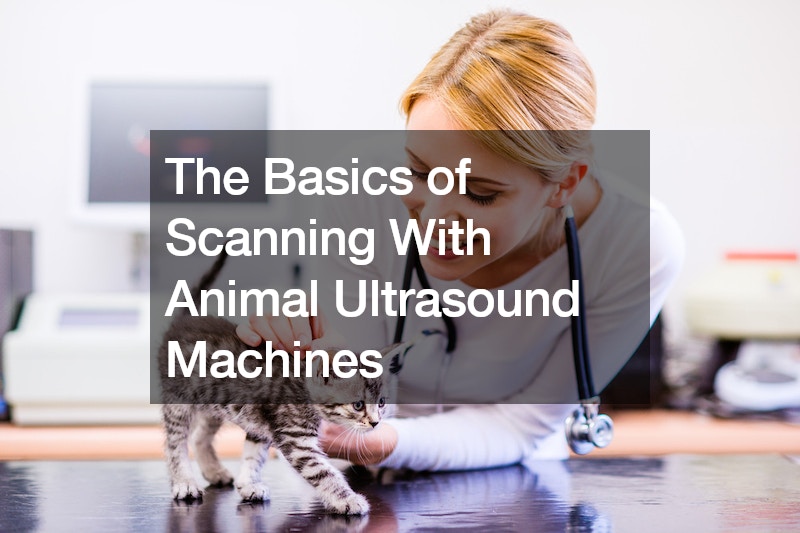
Veterinary ultrasound machines are crucial in animal healthcare, offering a non-invasive way to visualize internal structures. Understanding the basics of scanning with these machines is essential for veterinarians and those involved in the care of animals. The video explores the fundamental steps for performing scans.

Preparing the Animal
Before initiating a scan with a veterinary ultrasound machine, it’s important to ensure the animal is comfortable and restrained safely. Calm animals are more cooperative during the procedure.
For certain scans, shaving and applying a gel on the area of interest may be necessary to improve contact and enhance image clarity.
Positioning the ultrasound transducer is crucial for obtaining accurate images. Veterinarians adjust the transducer’s angle and pressure based on the anatomy they will examine. It ensures that ultrasound waves penetrate effectively, providing detailed images of organs and tissues.
During the scan, veterinarians observe the real-time images on the ultrasound machine’s display. They look for abnormalities, assess organ function, and diagnose potential health issues. The ability to interpret these images accurately is a key skill for veterinarians.
The basics of scanning with animal ultrasound machines involve preparation, accurate positioning of the transducer, and skillful interpretation of images. By following these fundamental steps, veterinarians can use ultrasound technology effectively to diagnose and monitor the health of animals in a safe and non-invasive manner. This essential process enhances the quality of veterinary care.

